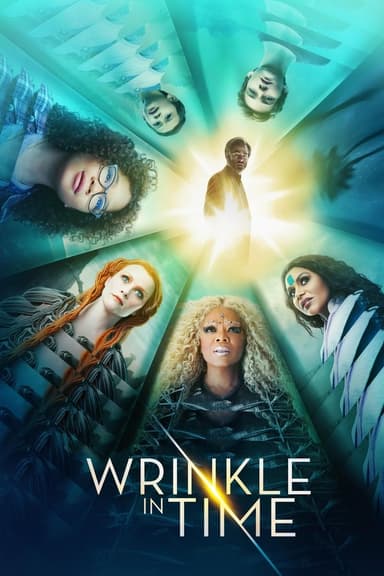
Of Mice and Men
1992 • Drama • PG-13
Two drifters, one a gentle but slow giant, try to make money working the fields during the Depression so they can fulfill their dreams.
Runtime: 1h 50m
Why you should read the novel
John Steinbeck’s classic novella, 'Of Mice and Men,' offers a literary experience that no film adaptation can fully capture. While the 1992 movie powerfully portrays George and Lennie’s struggles, the book’s prose gives you direct insight into their thoughts, motivations, and the greater context of the Great Depression. Reading the source material immerses you in Steinbeck’s evocative language and his poignant exploration of loneliness, dreams, and friendship.
By choosing to read 'Of Mice and Men,' you engage directly with Steinbeck’s themes and symbolism—details that might get glossed over or transformed in a cinematic version. The novella’s carefully crafted dialogues, nuanced characterizations, and the lyricism of its descriptions create a world that invites deep reflection. You will grasp the full depth of Lennie and George's relationship, and witness how their humanity unfolds through Steinbeck’s words.
Ultimately, the novella presents a more profound and personal journey than the film can offer. The book stimulates empathy and critical thinking, encouraging readers to grapple with tough questions about society and morality. Rather than viewing events from a camera’s lens, you enter the souls of the characters, making the reading experience not just a story, but a lasting emotional memory.
Adaptation differences
One prominent difference between the 1992 adaptation and the original novella is the film’s expanded visual storytelling. The movie includes scenic depictions and minor characters’ silent actions that are only alluded to in the book, building atmosphere but sometimes shifting the emotional focus. For instance, scenes at the ranch are more visually dynamic, adding layers to the social setting that Steinbeck sketched with restraint in the novella.
Another notable difference is found in the treatment of violence and tragedy. The film visually portrays moments like the deaths of Candy’s dog and Curley’s wife, which can be especially harrowing for viewers. The novella, while not lacking in emotional weight, approaches these scenes with a measured narrative distance; Steinbeck’s prose leaves room for the reader’s imagination, prompting reflection rather than shock.
Characterization and dialogue also differ in meaningful ways. The movie occasionally updates or rephrases dialogue for clarity or dramatic effect, and it sometimes adds lines for secondary characters. While John Malkovich and Gary Sinise deliver acclaimed performances as Lennie and George, their portrayals inevitably add their own interpretations to the characters, sometimes skewing perceptions of motivations or intentions that Steinbeck left subtly ambiguous.
Finally, the film’s ending underscores melodrama with visual close-ups and somber score, explicitly steering the audience’s emotional response. In contrast, Steinbeck’s book concludes with a sparse, understated tragedy, allowing readers to process the aftermath in their own way. These differences make the film more outwardly emotional, while the book stays true to Steinbeck’s style—somber, poetic, and contemplative.
Of Mice and Men inspired from
Of Mice and Men
by John Steinbeck












